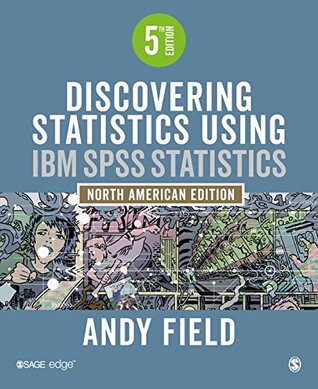Part and partial correlations: This option produces the zero-order correlation (the Pearson correlation) between each predictor and the outcome variable. It also produces the semi-partial (part) and partial correlation between each predictor and the outcome (see Sections 8.5 and 9.9.1). Collinearity diagnostics: This option produces collinearity statistics such as the VIF, tolerance, eigenvalues of the scaled, uncenterd cross-products matrix, condition indexes and variance proportions (see Section 9.9.3). Durbin-Watson: This option produces the Durbin–Watson test statistic, which tests the
Part and partial correlations: This option produces the zero-order correlation (the Pearson correlation) between each predictor and the outcome variable. It also produces the semi-partial (part) and partial correlation between each predictor and the outcome (see Sections 8.5 and 9.9.1). Collinearity diagnostics: This option produces collinearity statistics such as the VIF, tolerance, eigenvalues of the scaled, uncenterd cross-products matrix, condition indexes and variance proportions (see Section 9.9.3). Durbin-Watson: This option produces the Durbin–Watson test statistic, which tests the assumption of independent errors when cases have some meaningful sequence. In this case it isn’t useful because our cases do not have a meaningful order. Casewise diagnostics: This option produces a table that lists the observed value of the outcome, the predicted value of the outcome, the difference between these values (the residual) and this difference standardized. You can choose to have this information for all cases, but that will result in a big table in large samples. The alternative option is to list only cases for which the standardized residual is greater than 3 (when the ± sign is ignored). I usually change this to 2 (so that I don’t miss cases with standardized residuals not quite reaching the threshold of 3) A summary table of residual statistics indicating the minimum, maximum, mean and standard deviation of both the values predicted by the model and the residuals is also ...
...more
This highlight has been truncated due to consecutive passage length restrictions.


